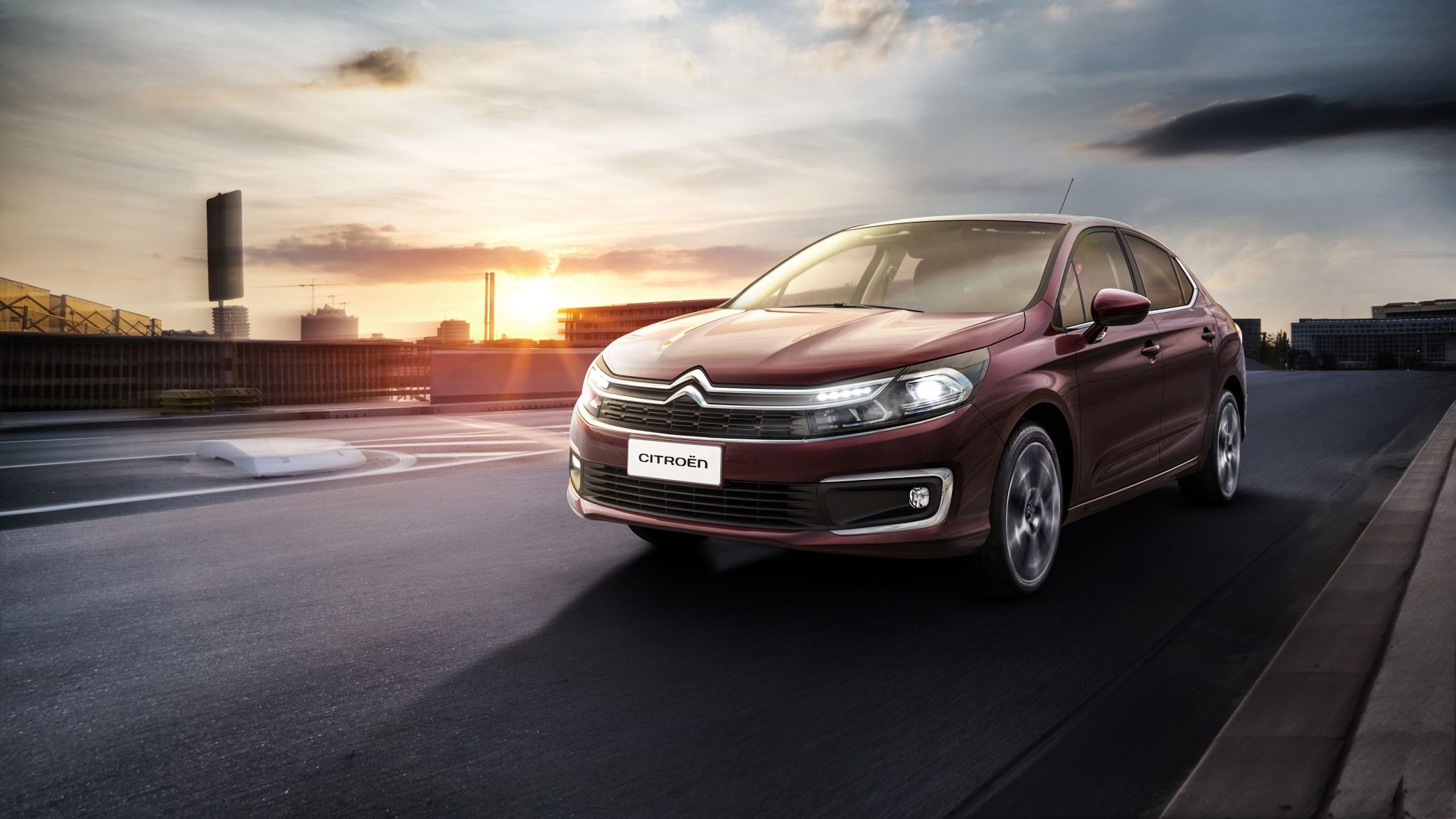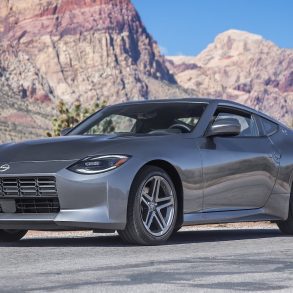Citroën Sales Data, Trends & Analysis for the European Automotive Market
Citroën car sales in Europe have fallen every year from 2009 through 2016 due to a slumping European economy and a shift in the market from mainstream to premium or low-cost. 2014 showed a slight increase in sales for the brand, but it still lost market share. Including DS, it lost volume every year since 2011. The short-lived success of the DS premium line of products has been unable to stop the sales decline of Citroën (DS sales are included in the sales figures below until 2014). The three vehicle line-up of DS3 subcompact, DS4 compact and DS5 midsized hatchback has added up to over 600.000 sales in 7 years time. But some of those sales will doubtlessly have cannibalized sales of the regular C-line. At least they provide the company with higher transaction prices and higher profit margins compared to the mainstream Citroën cars, but that hasn’t been enough for the red ink to continue until 2014.
Please note: until 2014, these data include sales of the DS models, which were split off to a stand-alone brand in 2015. From 2015 onwards, sales of the DS models are no longer included in these figures.
Citroën Europe Sales Figures & Recent Highlights
With falling European sales, they don’t even have to increase their sales outside of the continent to lower their dependence on their home market to less than 50% of sales. Falling European sales will do the same trick, but I doubt that’s what PSA’s management had in mind.
Citroën market share in Europe has fallen below 5% in 2013 for the first time in decades and there are few signs of a recovery anytime soon. In fact, market share fell below 4% in 2015 and continued to slide in 2016. The new generation C1 minicar, a joint project with Toyota and sister brand Peugeot again, will face a tougher competition than the first generation, which has topped out at over 118.000 units, and the redesigned C4 Picasso is introduced into a shrinking segment. The subcompact C3 is the brand’s best selling model and its second generation is off to a great start so far. To regain its lost market share, PSA is planning a multi-year product overhaul starting in 2017, partially helped by the cooperation with Opel for the next generation MPVs which will become crossovers, and small vans.
The C4 Cactus has proven a surprising success, albeit short-lived, outselling the regular C4 ever since its introduction, but with already falling sales in its second full year. Nonetheless a remarkable performance considering the polarizing design in what’s usually a very traditional market. It marks a return to Citroën’s trademark quirkiness, but not just for the sake of being different, but actually benefiting the customer. Take the door panel protecting Airbumps for example; they look cool, but are very functional at the same time. The quirkiness has continued with the France-only E-Mehari, an electric fun-car with open top whose concept does indeed remind of the classic 2CV-based Mehari. The E-Mehari however has not been developed by Citroën itself, but is instead based on the Bolloré Bluesummer.
Citroën Europe sales figures (excluding the UK) have been declining in recent years. In 2020, Citroën sold 120,000 cars in Europe (excluding the UK). In 2021, Citroën sales in Europe (excluding the UK) fell to 100,000 cars. And in 2022, Citroën sales in Europe (excluding the UK) fell further to 80,000 cars. The Citroën C1 was a popular city car in Europe, but it was discontinued in 2021. The discontinuation of the C1 was a major blow to Citroën’s sales in Europe. The Citroën ë-C4 is an electric car that was launched in Europe (excluding the UK) in 2020. The ë-C4 has been well-received by consumers, but it has not been enough to offset the decline in sales of other Citroën models. Citroën has partnered with Peugeot to develop new models for Europe. This partnership could help Citroën to revitalize its sales in the region.
Citroën Annual Sales Data, Growth & Market Share in Europe
Below we have a table that shows total Citroën sales volumes for the European automotive market, broken out by year since 2005. This data captures all Citroën vehicle sales for the entire European automotive market.
Citroën Europe Annual Sales Units & Growth Chart
Below is a visual representation of Citroën’s Europe sales units over time. We have both the Citroën sales units and the market share in the European market. Click on the items in the legend to see each series by itself.
Citroën Europe Growth Rate & Market Share Chart
Below is the annual growth rate for the Citroën brand in Europe, shown against the Citroën’s marketshare changes in Europe. This gives you a good look into how Citroën has faired against the other brands in terms of absolute sales and effect on marketshare. Click on the items in the legend to see each series by itself.
The Best-Selling Citroën Cars & SUVs in Europe
COMING SOON
Car sales statistics are from the following countries: Austria, Belgium, Cyprus, Czech Republic, Denmark, Estonia, Finland, France, Germany, Great Britain, Greece, Hungary, Iceland, Ireland, Italy, Latvia, Lithuania, Luxembourg, Netherlands, Norway, Poland, Portugal, Romania, Slovakia, Slovenia, Spain, Sweden, Switzerland.
Sources: Manufacturers, ANDC, JATO Dynamics.









